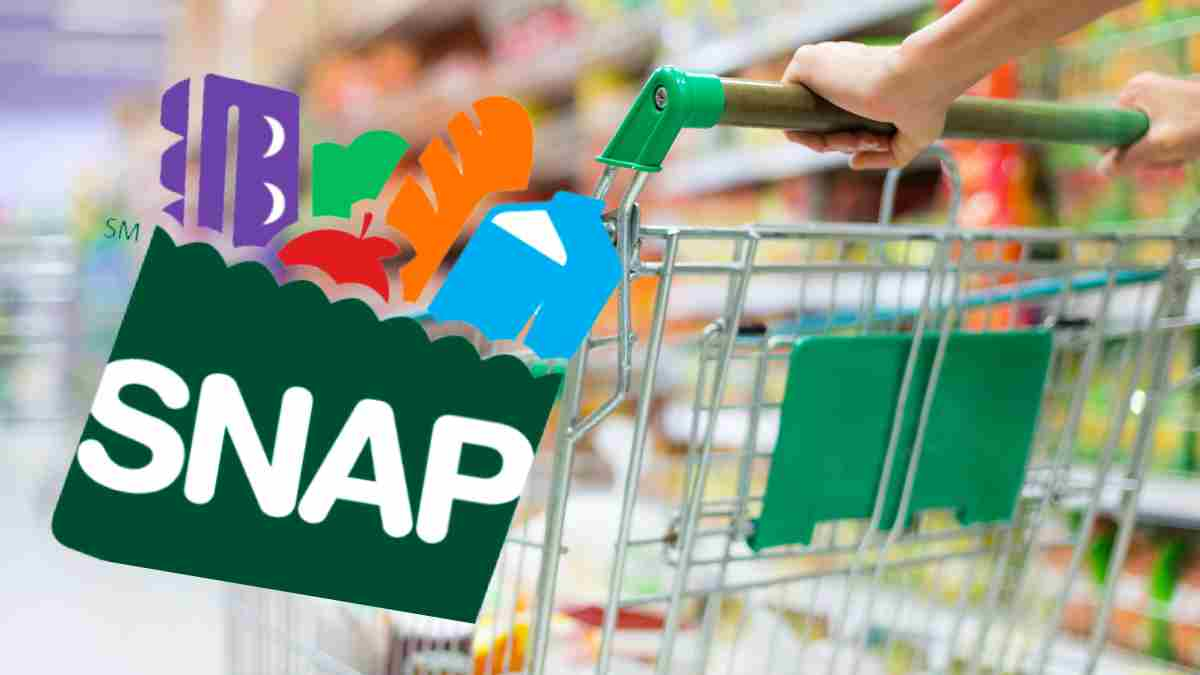Qualifying for SNAP: Income Limits and Requirements You Need to Know
The Supplemental Nutrition Assistance Program (SNAP) is a vital resource for millions of families in the United States, helping them meet their nutritional needs. This program provides essential assistance to low-income individuals, including families with limited resources, elderly people, and individuals with disabilities.
While SNAP is open to all who meet the eligibility criteria, it is particularly important for those households that struggle to maintain a healthy diet despite having some income. In response to rising costs, SNAP adjusted its income limits in October, expanding eligibility to allow more people to access this crucial support. Beneficiaries receive funds on an electronic card, which they can use to purchase groceries at authorized retailers, giving them access to a variety of essential food items.
Who Qualifies for SNAP?
To be eligible for SNAP, a household’s income must be below certain limits, which vary according to household size. Larger households have higher income thresholds, recognizing that their needs increase with each additional member. Below are the income guidelines for households without elderly members, distinguishing between those with no earned income and those with earned income.
Income Guidelines for Households Without Earned Income (excluding elderly or disabled individuals)
- Household of 1: Monthly income – $1,632; Annual income – $19,584
- Household of 2: Monthly income – $2,215; Annual income – $26,580
- Household of 3: Monthly income – $2,798; Annual income – $33,576
- Household of 4: Monthly income – $3,380; Annual income – $40,560
- Household of 5: Monthly income – $3,963; Annual income – $47,556
- Household of 6: Monthly income – $4,546; Annual income – $54,552
- Household of 7: Monthly income – $5,129; Annual income – $61,548
- Household of 8: Monthly income – $5,712; Annual income – $68,544
- Additional members: +$583 monthly; +$6,996 annually
Also Read – SSDI Update: New 2025 COLA Impact on Disability Payments—Dates and Who Qualifies
Income Guidelines for Households With Earned Income (excluding elderly or disabled individuals)
- Household of 1: Monthly income – $1,883; Annual income – $22,596
- Household of 2: Monthly income – $2,555; Annual income – $30,660
- Household of 3: Monthly income – $3,228; Annual income – $38,736
- Household of 4: Monthly income – $3,900; Annual income – $46,800
- Household of 5: Monthly income – $4,573; Annual income – $54,876
- Household of 6: Monthly income – $5,245; Annual income – $62,940
- Household of 7: Monthly income – $5,918; Annual income – $71,016
- Household of 8: Monthly income – $6,590; Annual income – $79,080
- Additional members: +$673 monthly; +$8,076 annually
What Can You Buy With SNAP Benefits?
SNAP benefits are designed to help families purchase nutritious food. Recipients can use these benefits at supermarkets, grocery stores, and select local markets. However, certain items are not eligible for purchase through SNAP.
Items Eligible for Purchase With SNAP
- Bread and cereals
- Fruits and vegetables
- Meat, fish, and poultry
- Dairy products
Also Read – 2024 Election Forecast: Dog’s Unique Prediction Points to Trump as Winner
Items Not Eligible for Purchase With SNAP
- Alcoholic beverages, including beer, wine, and liquor
- Cigarettes and tobacco products
- Non-food items such as pet food, soap, paper products, or cleaning supplies
- Vitamins and medicines
- Foods intended for in-store consumption or hot foods
Long-Term Planning With SNAP
The recent adjustments to SNAP income limits and monthly benefits will remain in effect until September of the following year. After this period, these thresholds will be reviewed to ensure they align with inflation and current economic conditions.
By conducting annual assessments, SNAP continues to respond to the changing economic landscape, offering crucial support to families facing food insecurity. For those who have not yet applied but believe they meet the requirements, SNAP can significantly enhance their diets and overall well-being.






